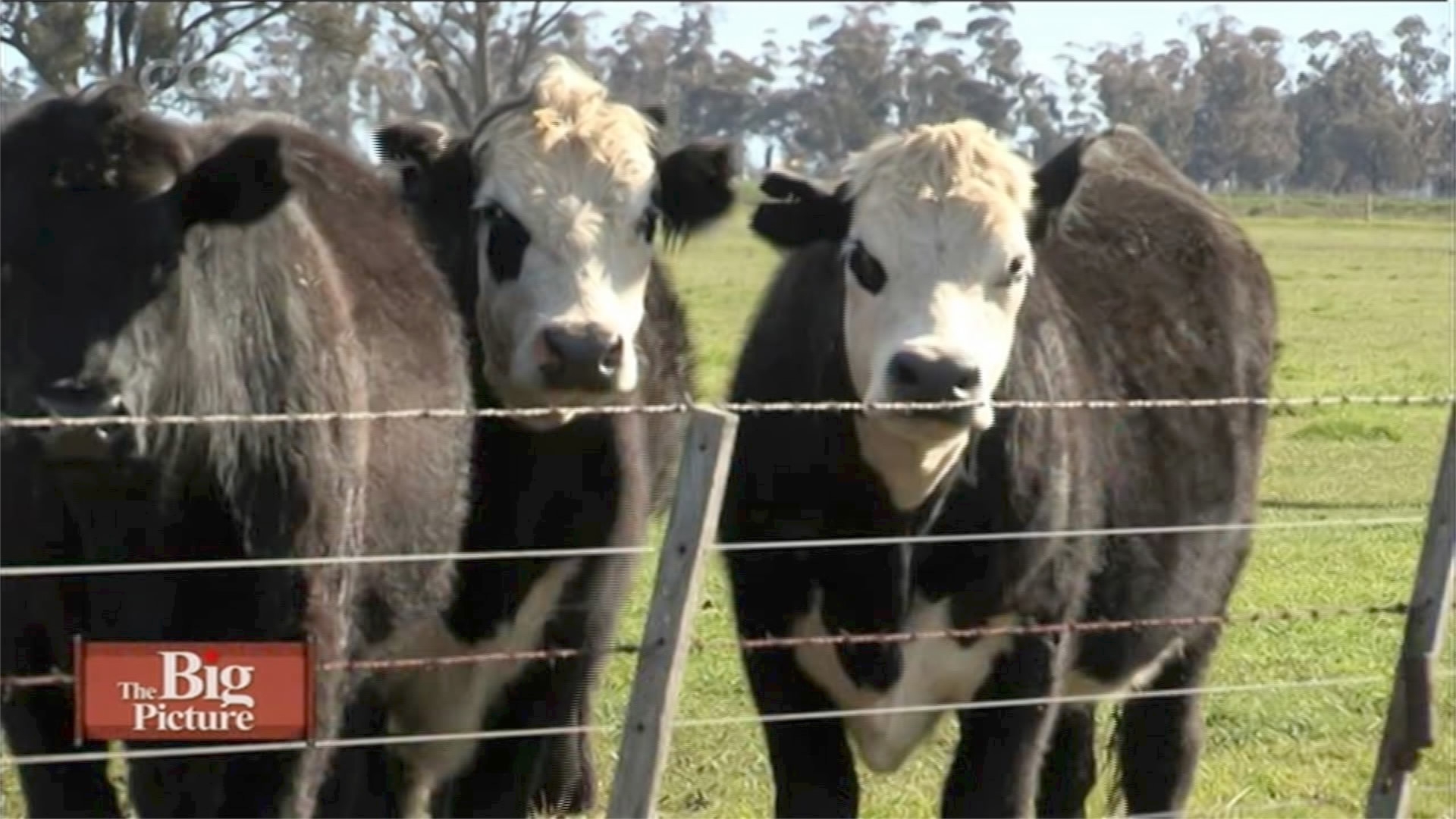
China
18:29, 21-Sep-2017
The Big Picture: Is China the new food market?
By Greg Navarro

China’s growing food demands have created economic opportunities for countries across the globe.
Australia has benefited significantly, and an increasing number of its agricultural businesses are growing reliant on exporting their goods to China.
This trend is also increasing the focus on global food security, and the race to solve one of the world’s most important challenges.
Gap in the beef market
A few years ago, Chinese-born entrepreneur and exporter Raymond Hou came up with an idea to meet a fresh need.
“A lot of friends and families from China were asking for beef at the time," said Sydney-based Hou. “That was before the free trade agreement, and the information we got was there was not enough beef in China.”

CGTN Photo
CGTN Photo
Hou joined forces with a local meat distributor in Sydney and created EXP3185, which now exports about 10 percent of its beef to China, with an eye on the country’s growing middle-class.
“A lot of them out there are quite wealthy so they are looking for healthier options, they are looking for better options and they don’t mind paying for it,” said Hou.
Exports to China
An increasing number of Australian agricultural companies are taking advantage of the country’s clean and green reputation in China. Exports to China have become an integral part of many businesses, and are having a huge impact on the industry.
“If you look at salmon exports from Tasmania, between 2012 and 2016 they grew from just under three million Australian dollars a year to 45 million Australian dollars, that’s a big number,” said Jim Harrowell, the New South Wales Special Envoy to China.

CGTN Photo
CGTN Photo
But it is impossible for a country with less than 25 million people to meet the food needs of China’s more than 1.3 billion people.
“Our former trade minister Andrew Robb said that it was rubbish to even imagine that Australia could become the food bowl of Asia, but it certainly could become the delicatessen of Asia, really targeting those high value-added outputs,” said James Laurencesen, the deputy director of the Australia-China Relations Institute.
The global picture
While Australian agricultural businesses are focused on meeting China’s specific needs, some Australian researchers are working toward the bigger picture of global food security.
Associate Professor Oula Ghannoum is part of a team of researchers at the University of Western Sydney’s Hawkesbury Institute for the Environment.

Associate Professor Oula Ghannoum. /CGTN Photo
Associate Professor Oula Ghannoum. /CGTN Photo
The team's work includes studying how plants turn sunlight into energy to increase the yield of some of the world’s most popular crops such as wheat and rice.
“We need about a 75 percent increase in crop productivity from where we are now to sustainably feed the future population,” she said.
The world’s population is projected to reach 9.7 billion people by the year 2050.
Experts say Australia's agriculture industry is still in its infancy when it comes to meeting some of China's food demands. But more and more companies are beginning to realize the economic potential.
“There will be more people who will want Australian beef and more people who will want Australian lamb,” said Raymond Hou, and he sees no reason why that demand won't continue to grow.


SITEMAP
Copyright © 2018 CGTN. Beijing ICP prepared NO.16065310-3
Copyright © 2018 CGTN. Beijing ICP prepared NO.16065310-3